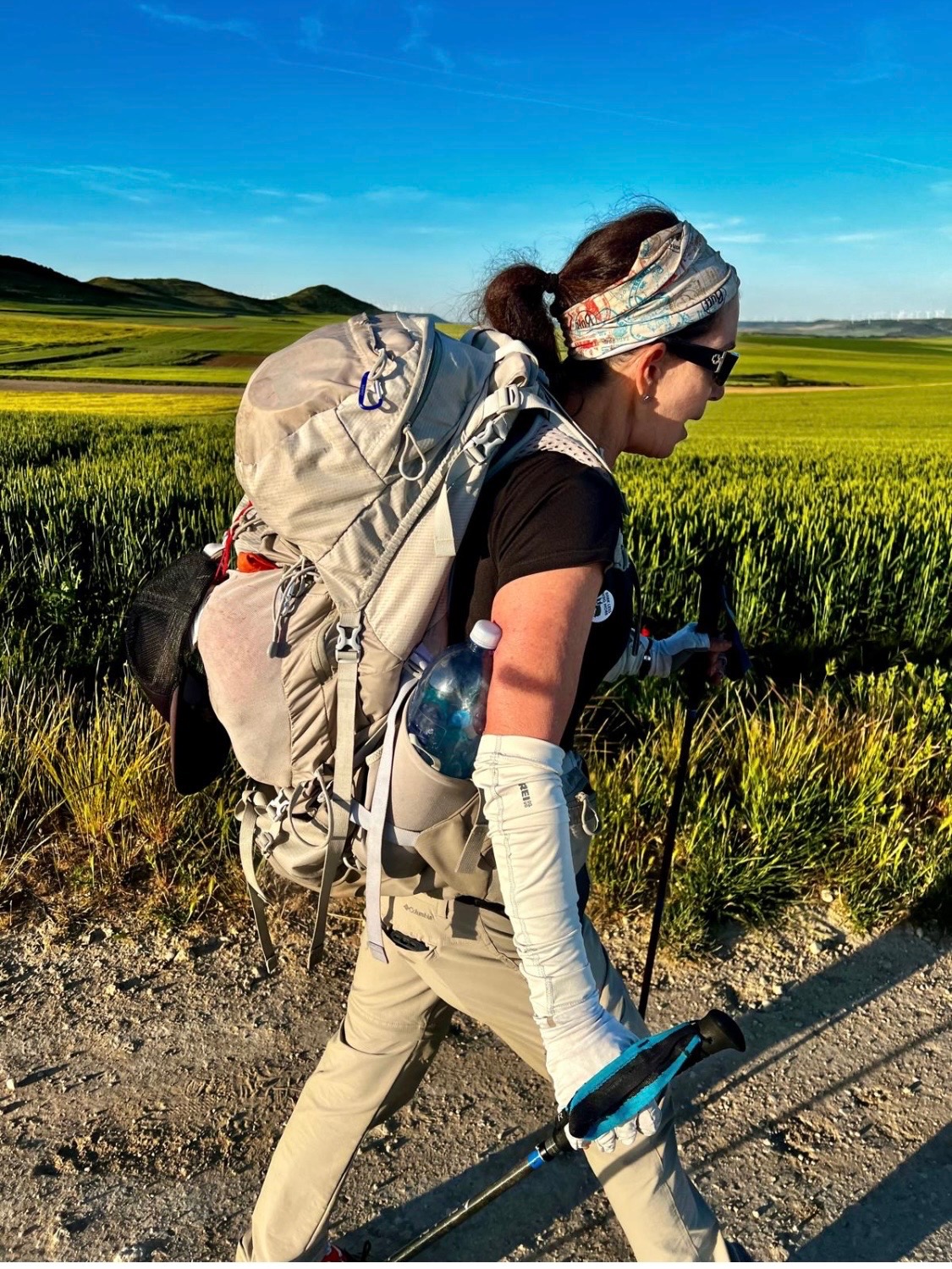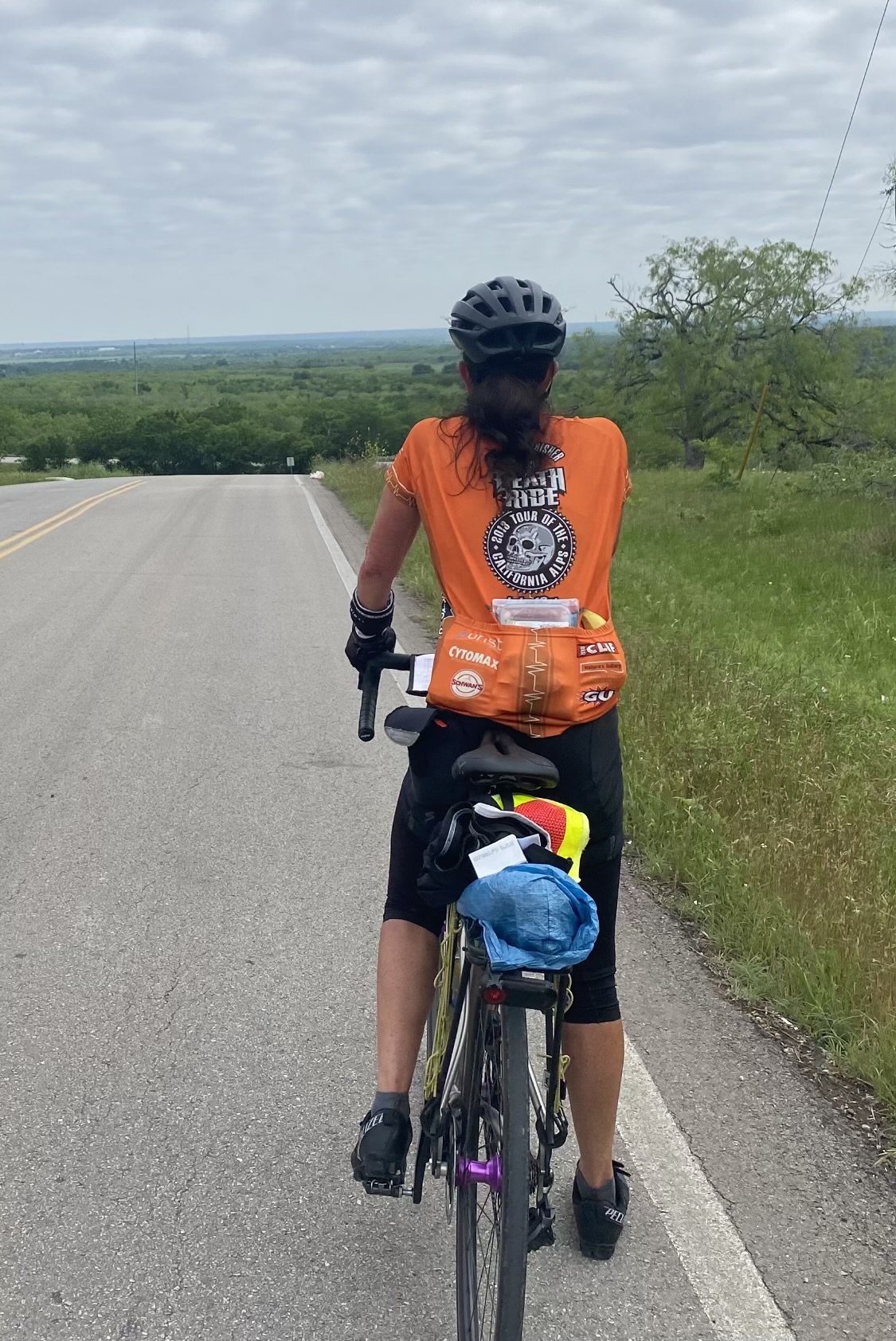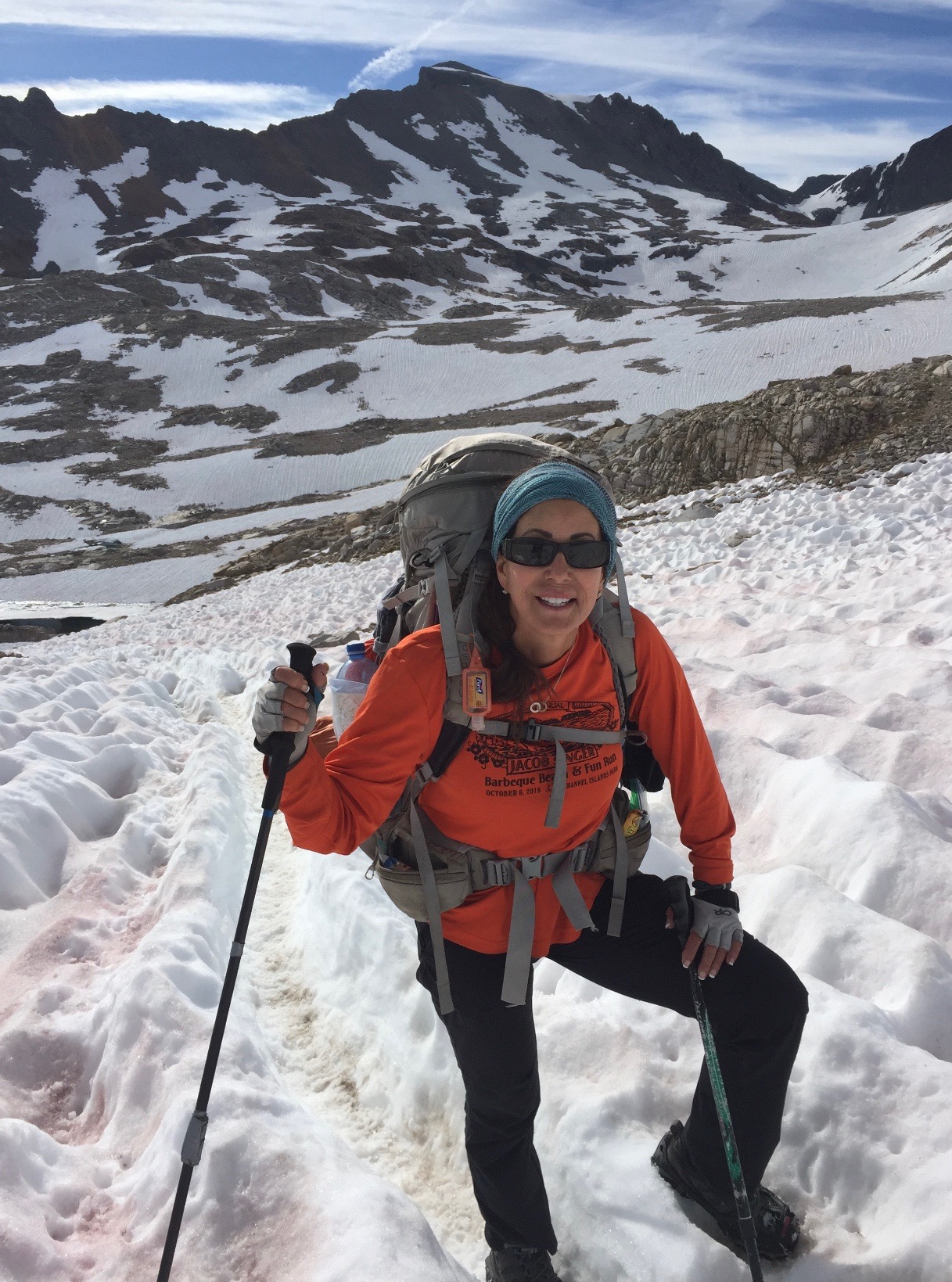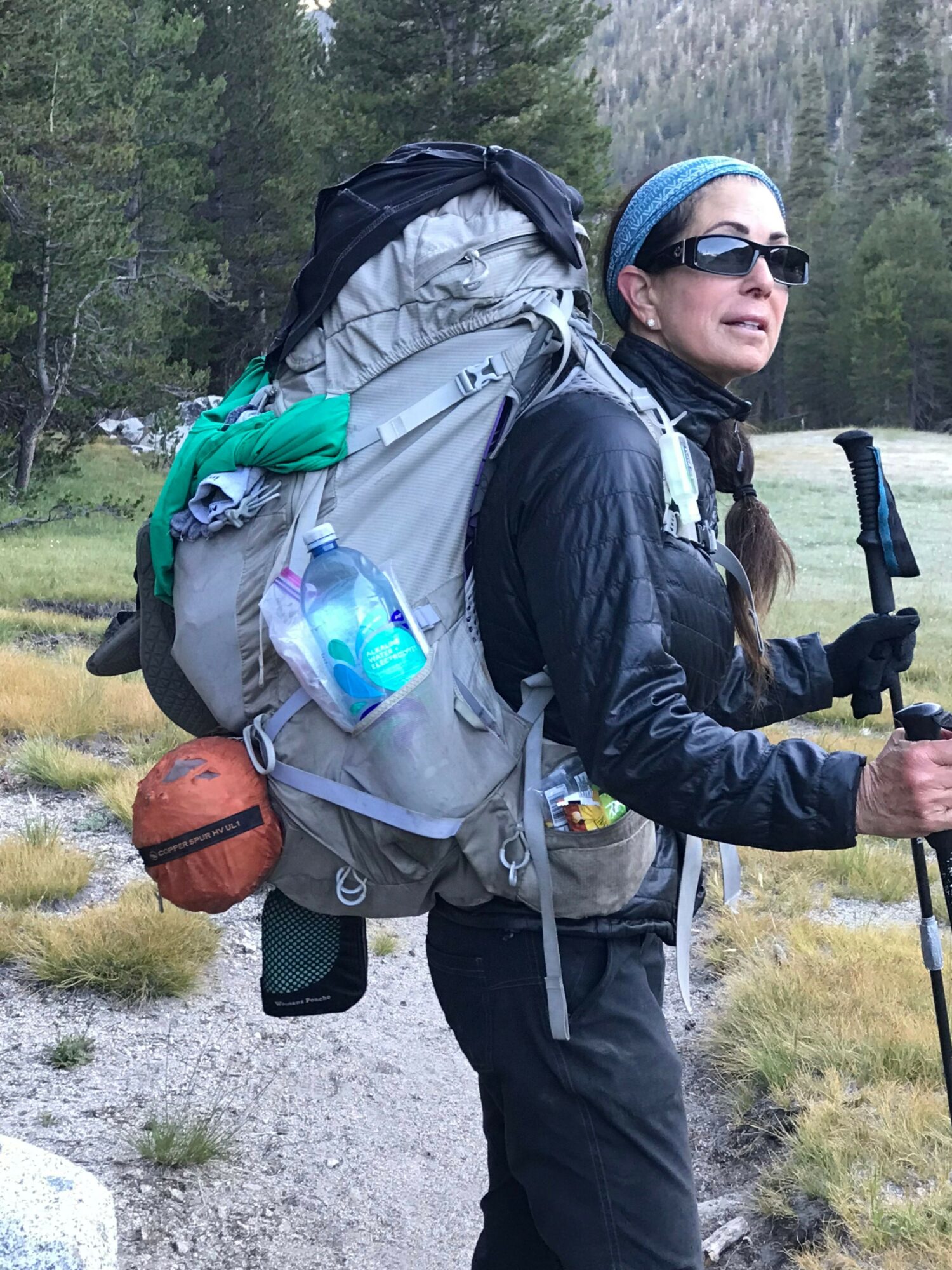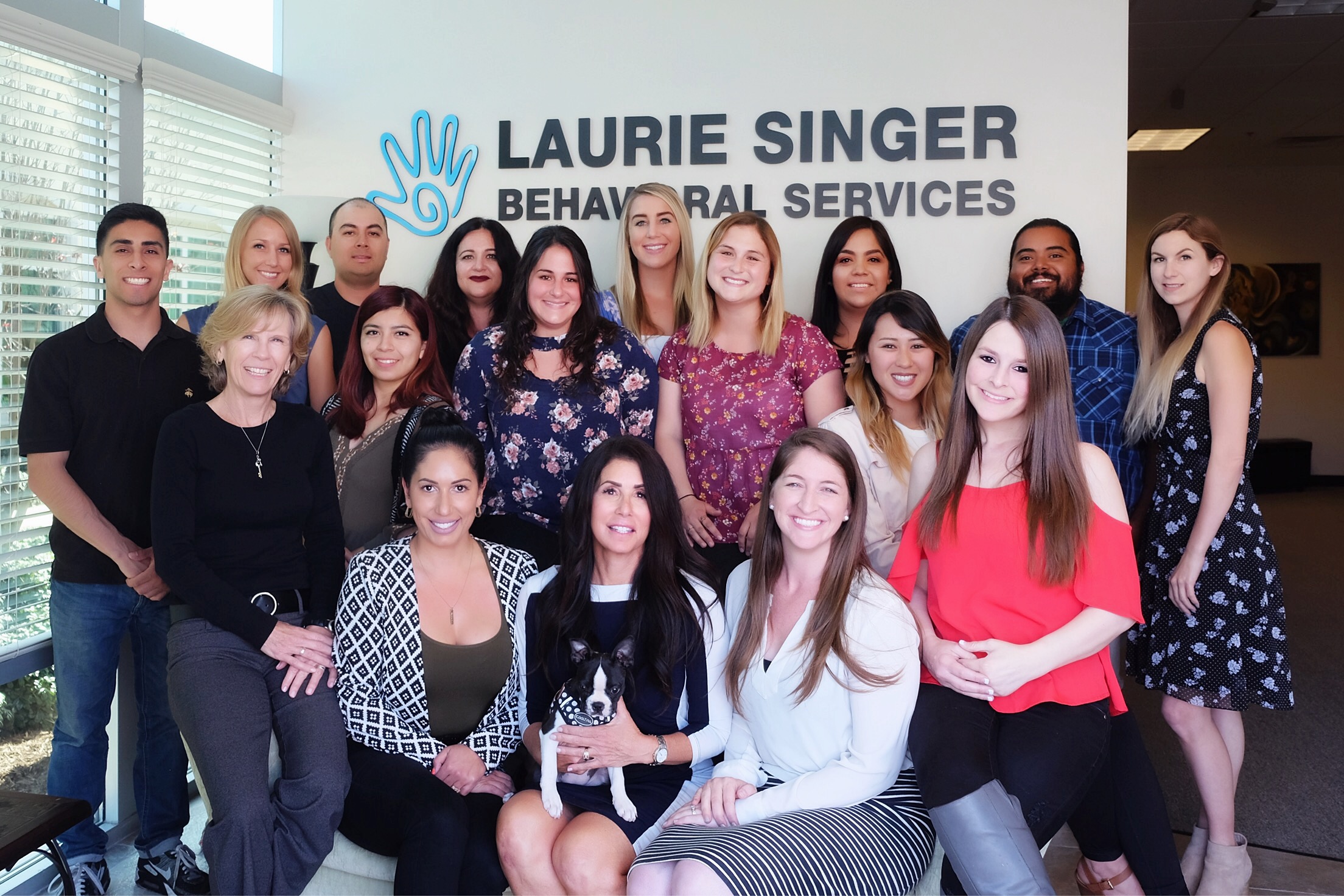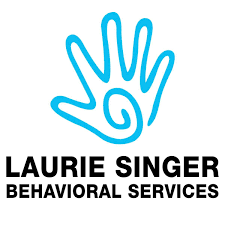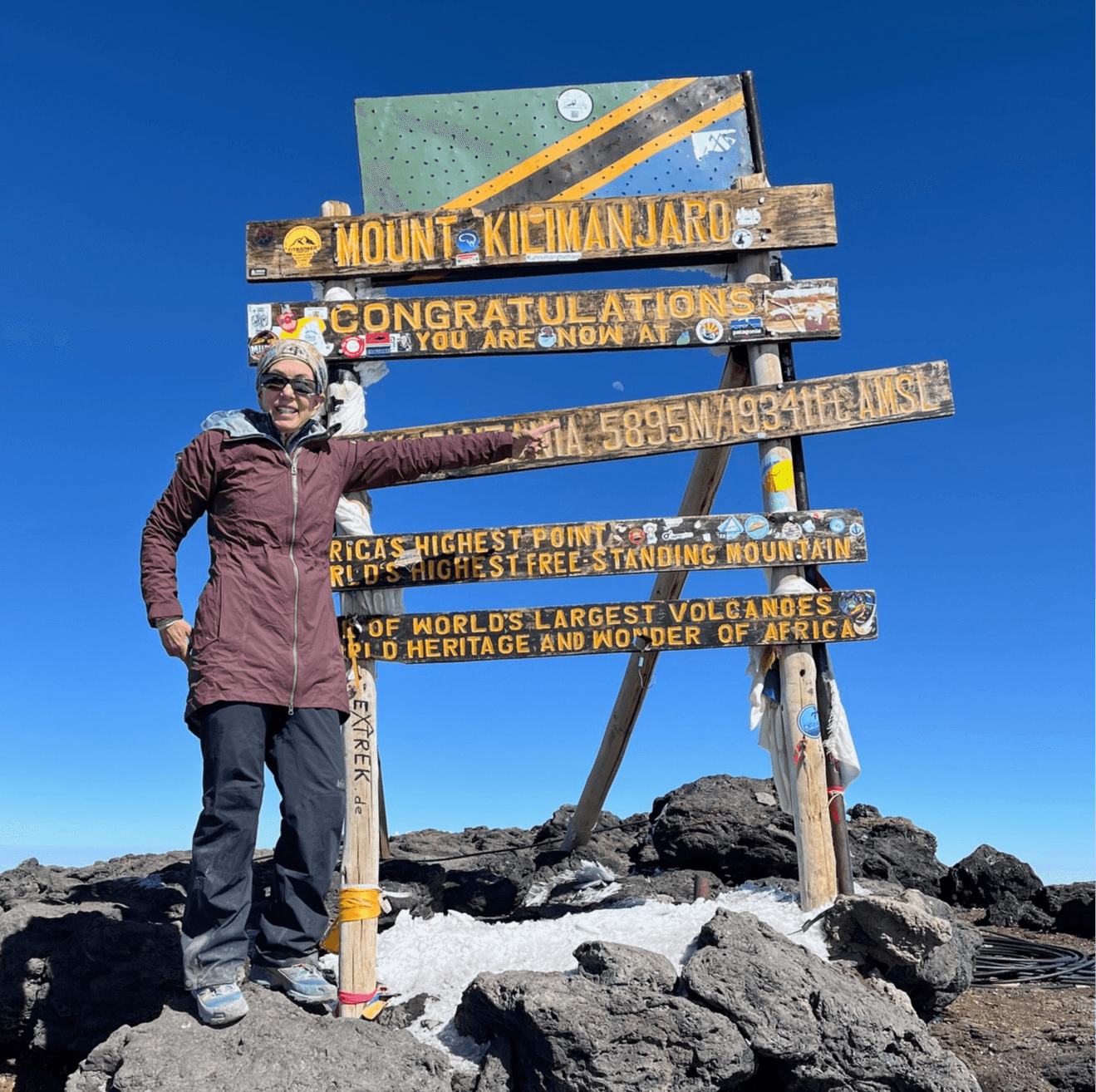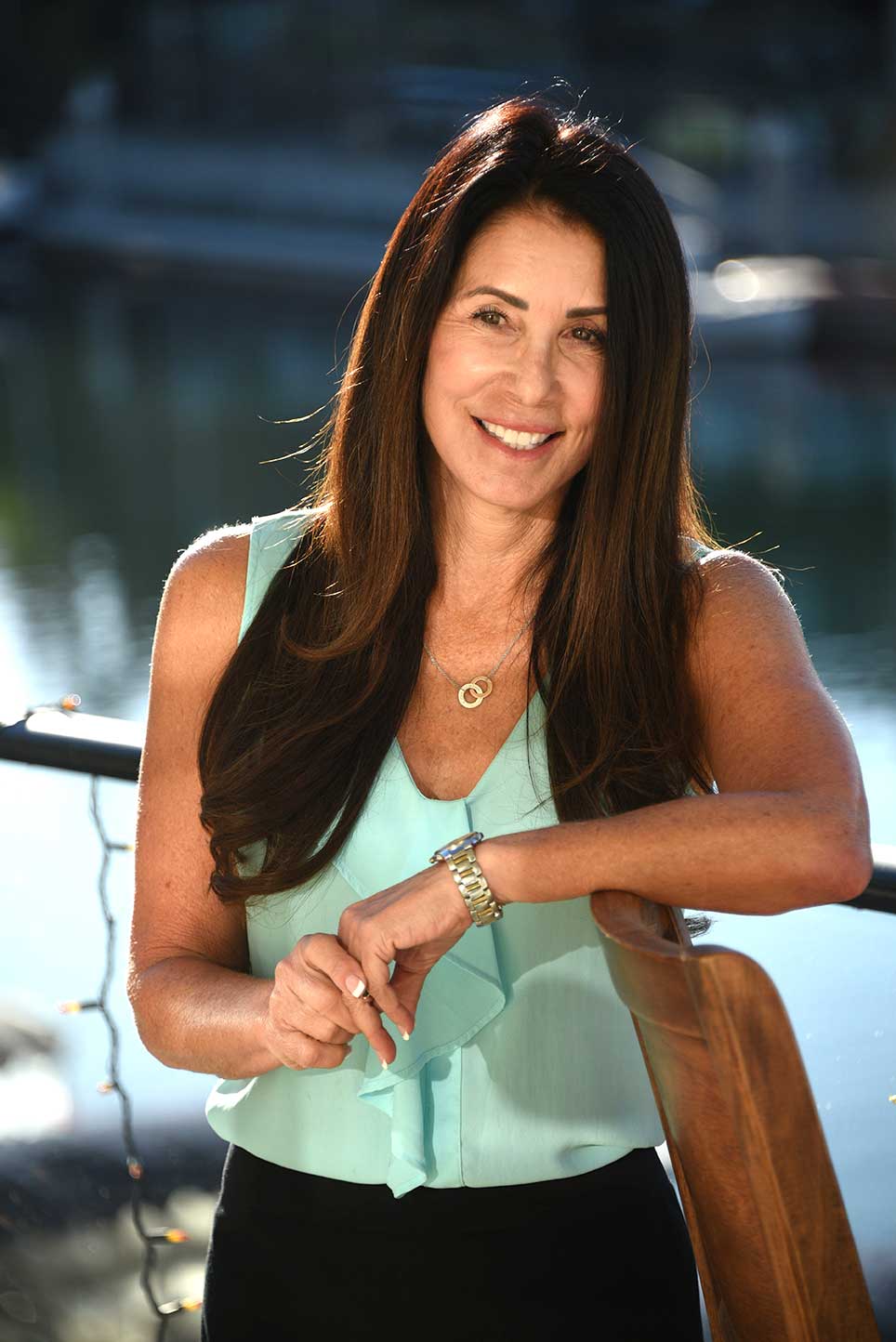

Today we’d like to introduce you to Laurie Singer.
Hi Laurie, thanks for joining us today. We’d love for you to start by introducing yourself.
As a 65-year-old therapist with my own large practice in Camarillo, and with decades of endurance sports competition and reaching personal goals, not in my wildest dreams would I have thought I could have accomplished what I have in life thus far.
Half of my genetic make-up comes from an alcoholic, abusive mother so, like many, I carry extensive trauma. Beyond the struggles of dealing with my childhood, I had my own mental health challenges. While it had been a lifelong issue, it was not until my fifties that I received a diagnosis of attention deficit hyperactivity disorder (ADHD). And in my case, the enthusiastic energy that some people with the diagnosis find overwhelming actually carries me up steep inclines to improbable heights.
I’ve birthed three children, raised two, and lost one to childhood cancer which led me to building a lasting charity around my grief, Jacob’s Run on behalf of Los Angeles Children’s Hospital, which has provided reason and containment for my pain. I abandoned my belief in my own inadequacy to earn multiple degrees and create a successful business.
The combination of undiagnosed ADHD and a turbulent home life transformed grade school, junior high, and high school into a string of distracted days, scolding for fidgeting and many trips to the principal’s office because I was unable to focus on the work at hand, forever counting the minutes until gym class or recess when I would be allowed to move. I believed myself to be stupid.
We all face challenges, but looking back would you describe it as a relatively smooth road?
Having cemented a new running lifestyle after my first pregnancy, during my second, I continued it. I ran while I was pregnant with my son Jacob. I approached getting in shape for the delivery as if it were an athletic event. Jacob Benjaman was born June 27th, 1985. As soon as the doctor gave the green light, the pavement started passing under my running shoes.
My racing times improved abruptly. I ran my first marathon when Jacob was nine months old. The L.A. marathon took me 3 hours and 34 minutes to complete. Jacob’s death left a dark space in my life. I was willing to take advice from anyone and do whatever it took to ease the pain. Coach Hernandes from Oxnard College had previously asked me to run on his cross-country team. When the coach asked again, I took his offer.
The skills I had developed in my athletic life could serve to make up for lack of natural academicism. Given an assignment, I would pull out my event planner and work backwards from the due date to plot out a study schedule. I utilized the tutor center. I sat in the front row in class, took notes. As I went through reading assignments, I allowed myself to deface the books with highlighters and underline. I created note cards.
Just as athletics informed my study habits at that time, these systems I created for class would later become fundamental to my therapeutic practice with clients who struggle with ADD or ADHD. In addition, I utilized sensory breaks to keep me sane, only later realizing their power to keep me on track. Every hour or two of studying would end with a break to fold laundry or fun a few miles. The sensory breaks would help me release some of my hyperactivity and allow me to get centered again. My grades earned me a spot at the top of my class and forced me to reevaluate my own intellect. My Oxnard team placed in the CIF championship for the first time, and I was appointed team captain.
I formulated a plan. I was going to get a college degree and help families who are going through what I went through, those whose children had been diagnosed with cancer.
A specific memory of my experience with Jacob troubled me. I had taken Jacob for a walk outside the hospital at CHLA after he had gone paralyzed. The cancer had not reached his brain yet, so he was aware of his surroundings. As I pushed him in the wheelchair to get some fresh air, the people we passed would not look at us. They would not look at my son, say hi, or ask him how he was doing.
He would start to wave, to grin at strangers, seeking affection. They would look away, avoid his attention, and withhold their won. I realized how problematic the lives of disabled become, how isolated they and their loved ones must feel all the time. This seemed like a heartbreaking gap in the social construct, and I wanted to be the person to fill that gap, to help those people.
As you know, we’re big fans of Laurie Singer Behavorial Services, Inc.. For our readers who might not be as familiar what can you tell them about the brand?
My typical workday begins very early in the morning with one or two cups of coffee, followed by answering emails and a workout before I start seeing clients.
I truly love what I do because of the positive impact it has on the people I treat. I know that not everyone wishes to spend years prying apart the minutia of painful memories. Some people like me, just want to fix the problem and get on with life, free of the recurring spiral. But it takes work.
In my many years of practice, I have found two different modalities of therapy which, when combined, have had successful outcomes for many individuals. I’m a licensed psychotherapist, which enables me to use cognitive behavioral therapy (CBT). I am also a national board-certified behavior analyst, allowing me to use the principles of behavioral therapy, also known as applied behavior analysis (ABA).
CBT and behavioral therapy are both results oriented, solution-focused processes, relying on an examination of the thoughts and unhealthy behaviors. When I began combining these two approaches, I discovered a powerful tool for the treatment of anxiety disorders.
By addressing both the precipitating thought process and the behavior itself, this hybrid therapeutic approach provides relief from both the symptoms and the problematic behavior. The process disrupts the unhealthy thought-cycle of self-harm, self-risk or misconduct and replaces it with a newly learned behavior. By building an awareness of both the thought and the specific action into a treatment plan, the return of an anxiety-sufferer to a stable, functioning life can occur remarkably quickly.
In 2020, I turned 60-years old and set a new goal for myself. To write a book.
In 2021 I published “You’re Not Crazy, Living with Anxiety, Obsessions and Fetishes.” It’s a self-help book that brings readers in to the therapy room and covers a variety of mental health conditions.
My next book, to be released early in 2026, and will chronicle the hurdles, pain and commitment of a 65-year-old, female endurance athlete.
Over the past 18 months or so, I’ve put myself in the position of overcoming hurdles. I completed a 3,000-mile, cross country bike trip, cycled hundreds of miles through Cuba, hiked 500 miles on the Camino de Santiago trail, 250 miles on the Via Alpina trail in Switzerland, ran a marathon, completed long distance cycling events and recently returned from successfully summiting 19,000-foot Mt. Kilimanjaro.
And like with any endurance goal it can only happen with continual training which is where the real work gets done. It becomes a case of “I have to do this so I can do that.” I see that as a constant, in varying degrees, for any goal we wish to attain. We need to put in the work to get the result we want.
Are there any books, apps, podcasts or blogs that help you do your best?
I enjoy reading, especially physical books. One book that profoundly impacted me after my son’s passing was *When Bad Things Happen to Good People* by Rabbi Harold S. Kushner. The book suggested that parents who have lost a child do something significant in their memory. My husband and I were inspired to establish the Jacob Singer Memorial Run, which this year will be its 39th annual event. Through this run, we founded the Child Life Program at Children’s Hospital Los Angeles, which provides developmental, social, and emotional support for hospitalized children and their families.
I mostly enjoy nonfiction, particularly action and adventure books. Some of my favorites include:
– “Take a Seat: The Story of a Man, a Tandem Bike, and the 20,000-Mile Ride of a Lifetime” by Dominic Gill. It’s about his journey from Alaska to South America where he invited strangers to join him on his tandem bike.
– “Life Lived Wild: Adventures at the Edge of the World” by Rick Ridgeway, which recounts his many global adventures.
– “Miles From Nowhere: Around the World Bicycle Adventure” by Barbara Savage.” This is a book that particularly resonated with me during my own bike ride across the United States.
I also enjoy books by Ivor Davis, including his latest, “The Devil in my Friend: The Inside Story of a Malibu Murder.”
Contact Info:
- Website: https://lauriesingerbehavioral.com/
- Instagram: https://www.instagram.com/laurie__singer/
- Facebook: https://www.facebook.com/LaurieSingerBehavioral/
- LinkedIn: https://www.linkedin.com/in/laurie-singer-03524b219
- Twitter: https://x.com/lsbehavsvc?lang=en

